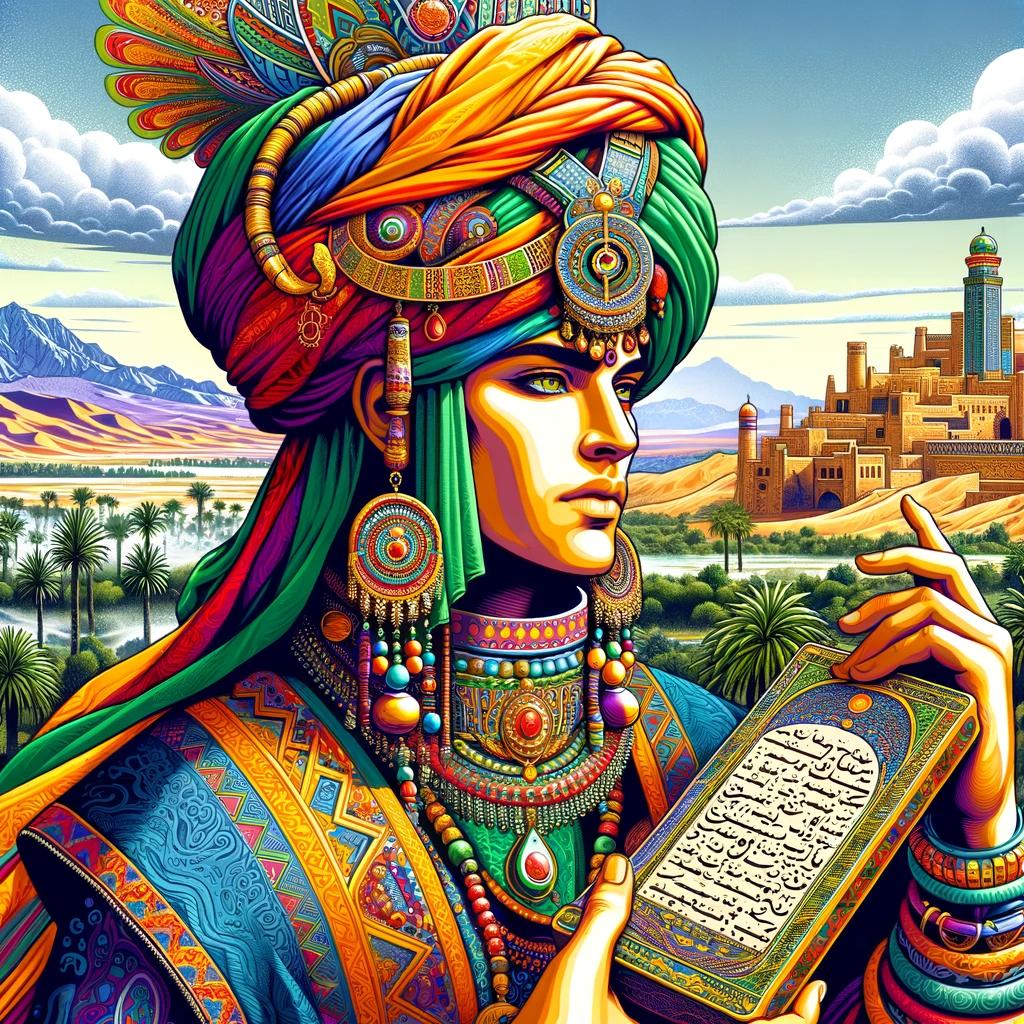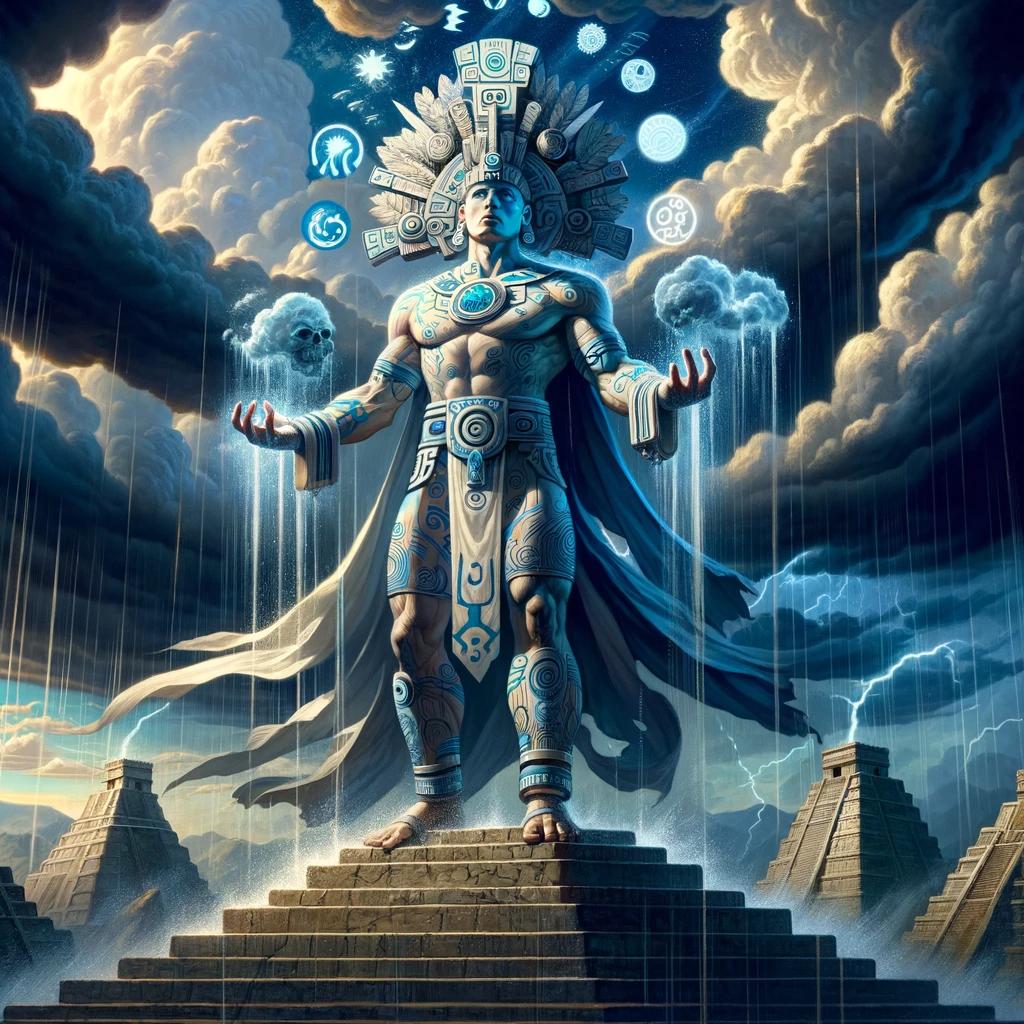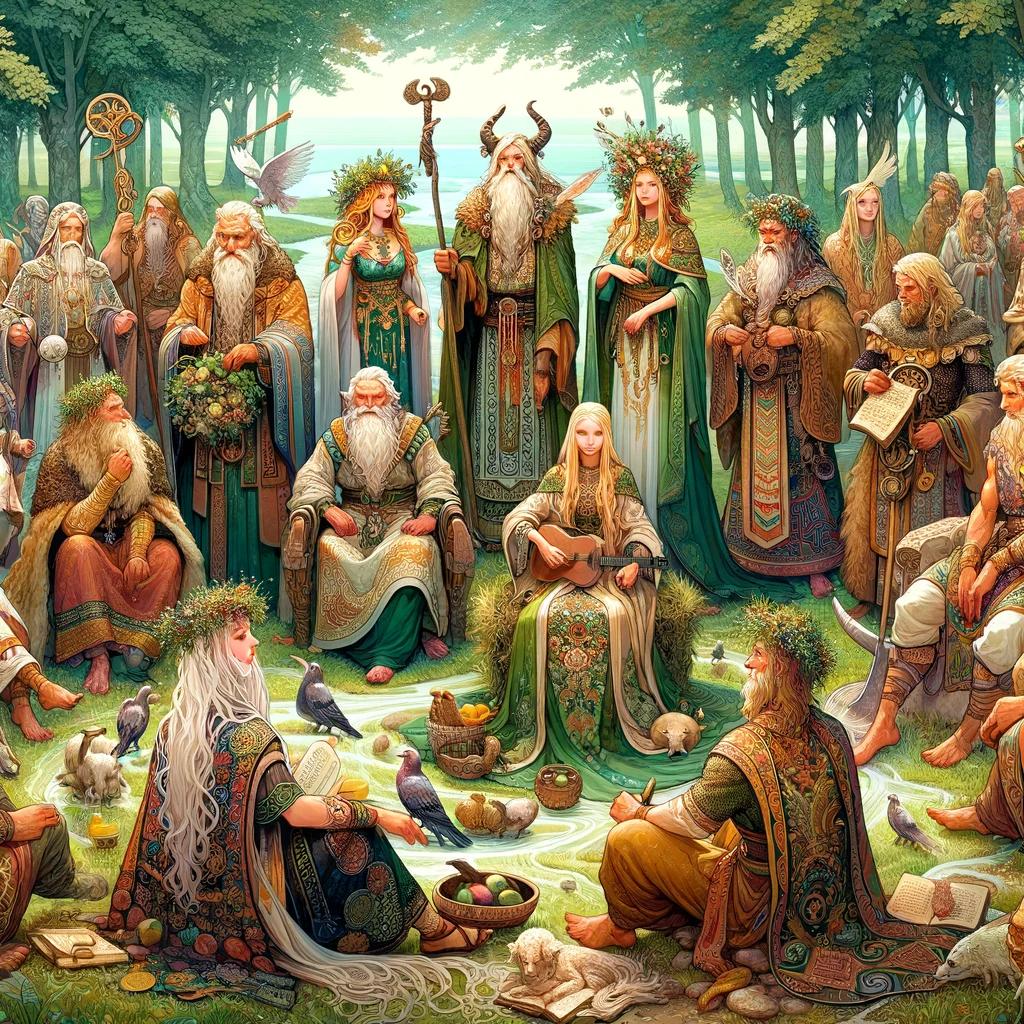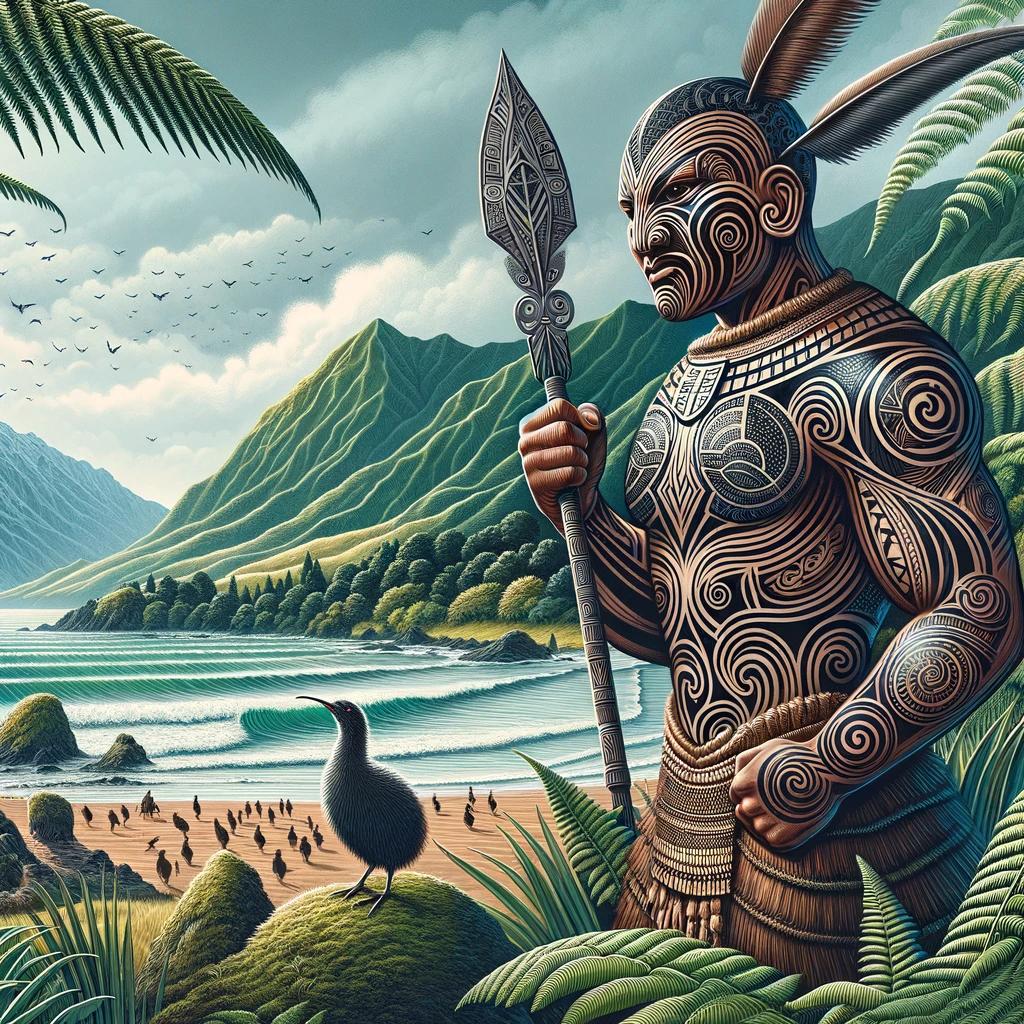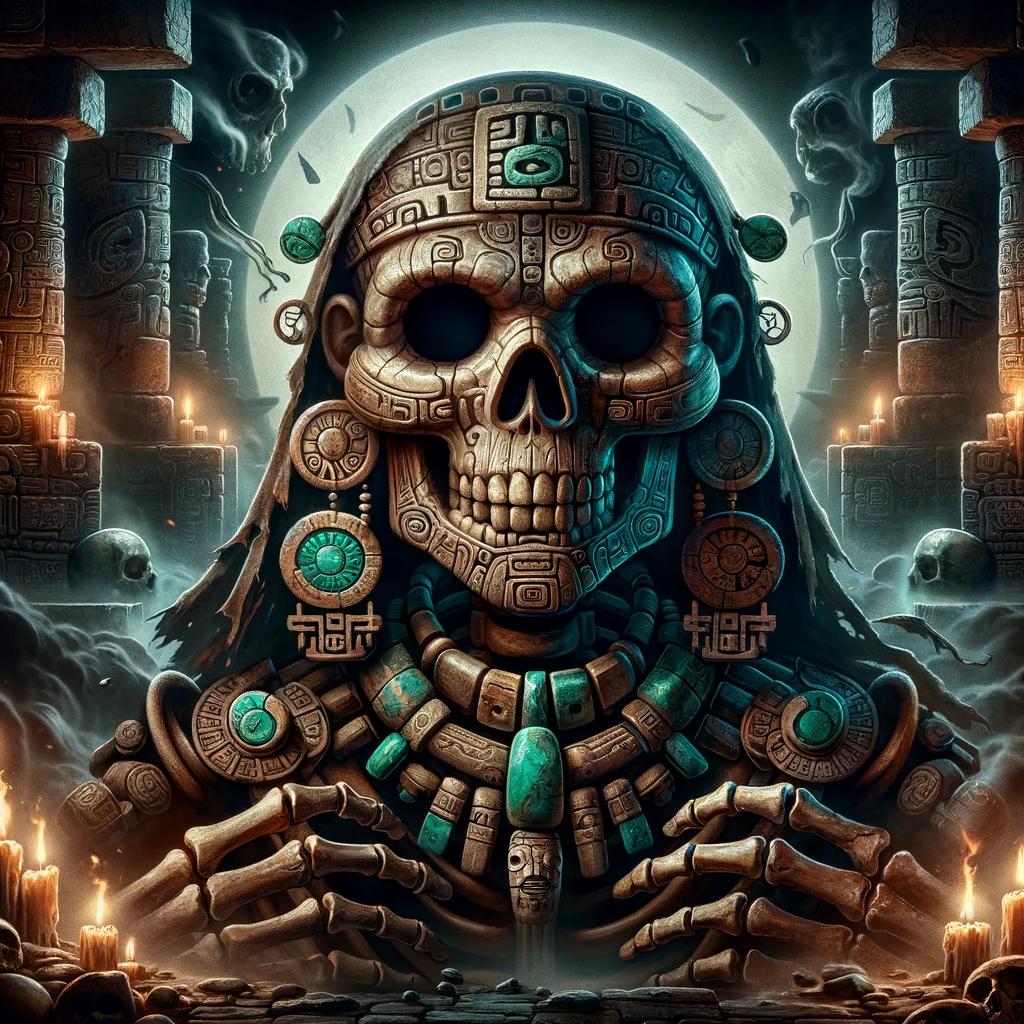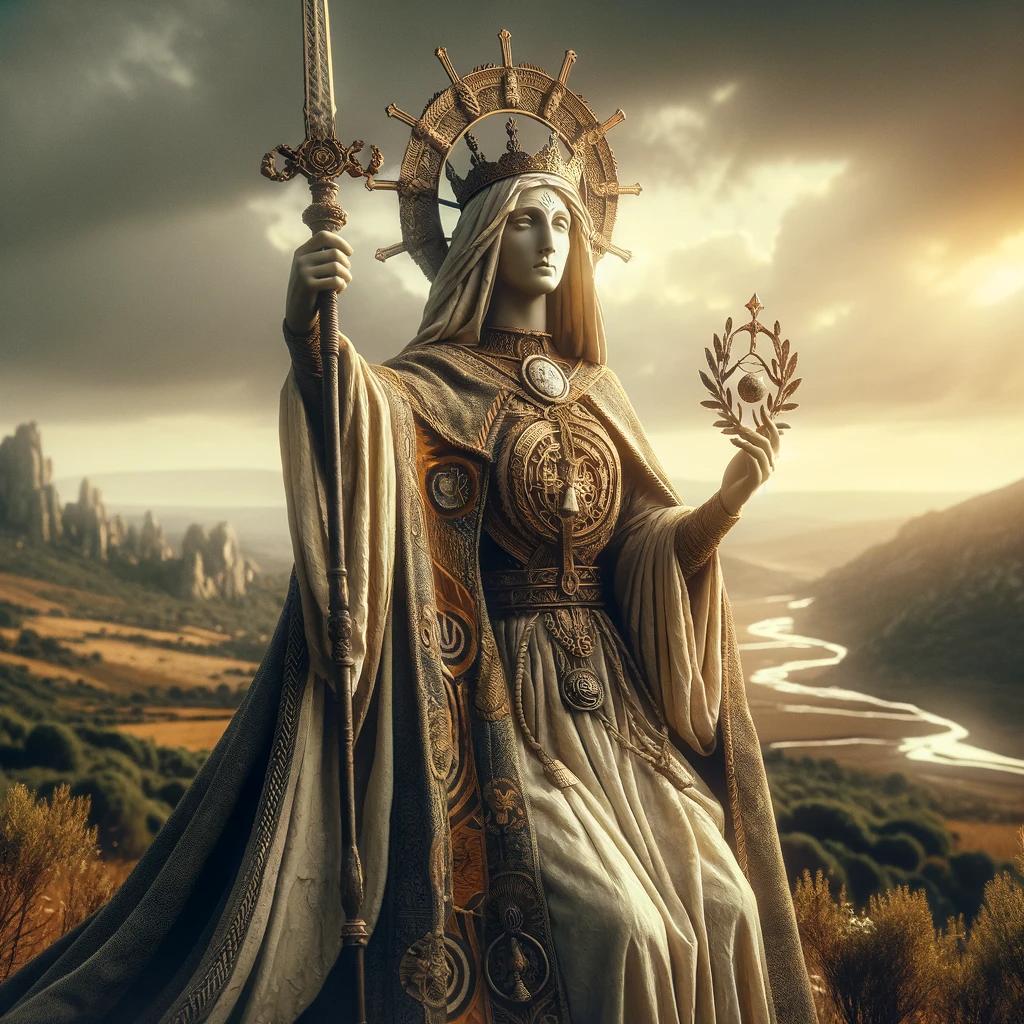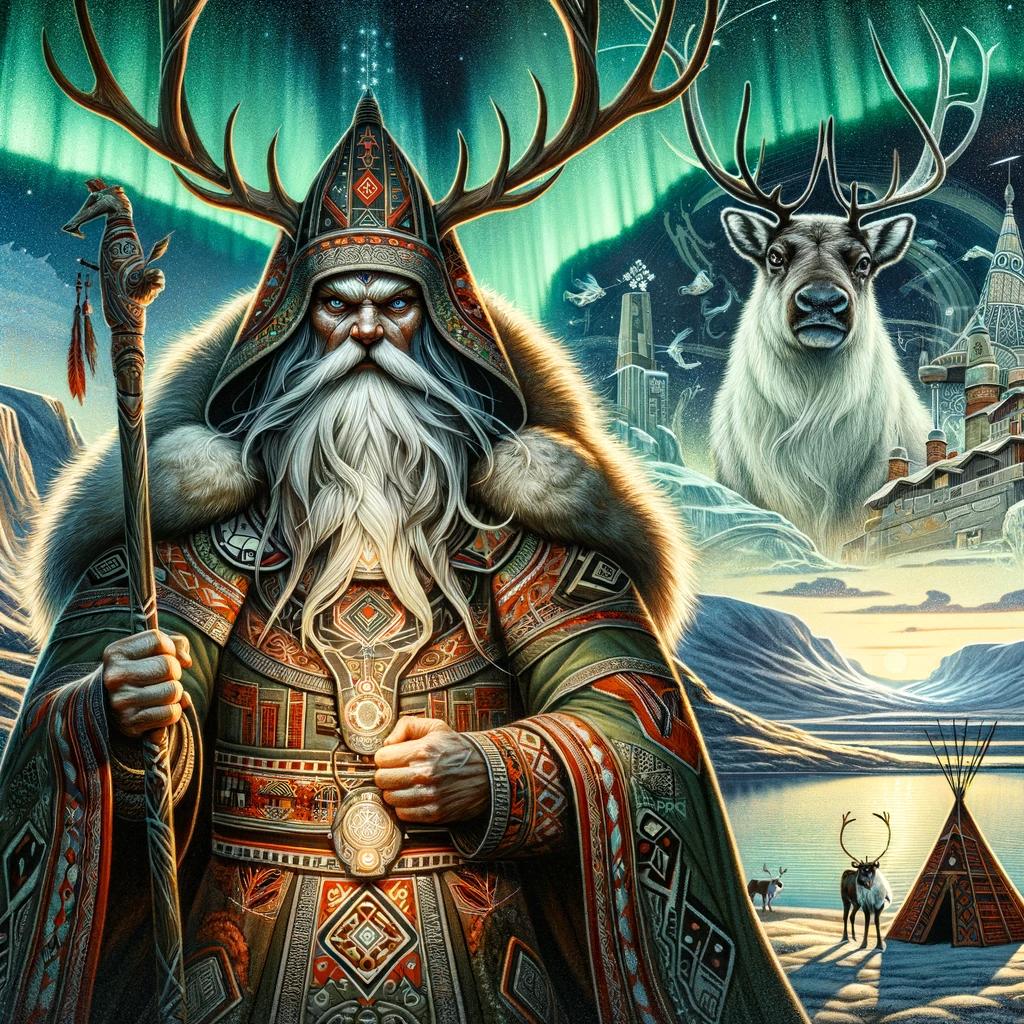Exploring Berber Mythology: Gods and Goddesses of North Africa
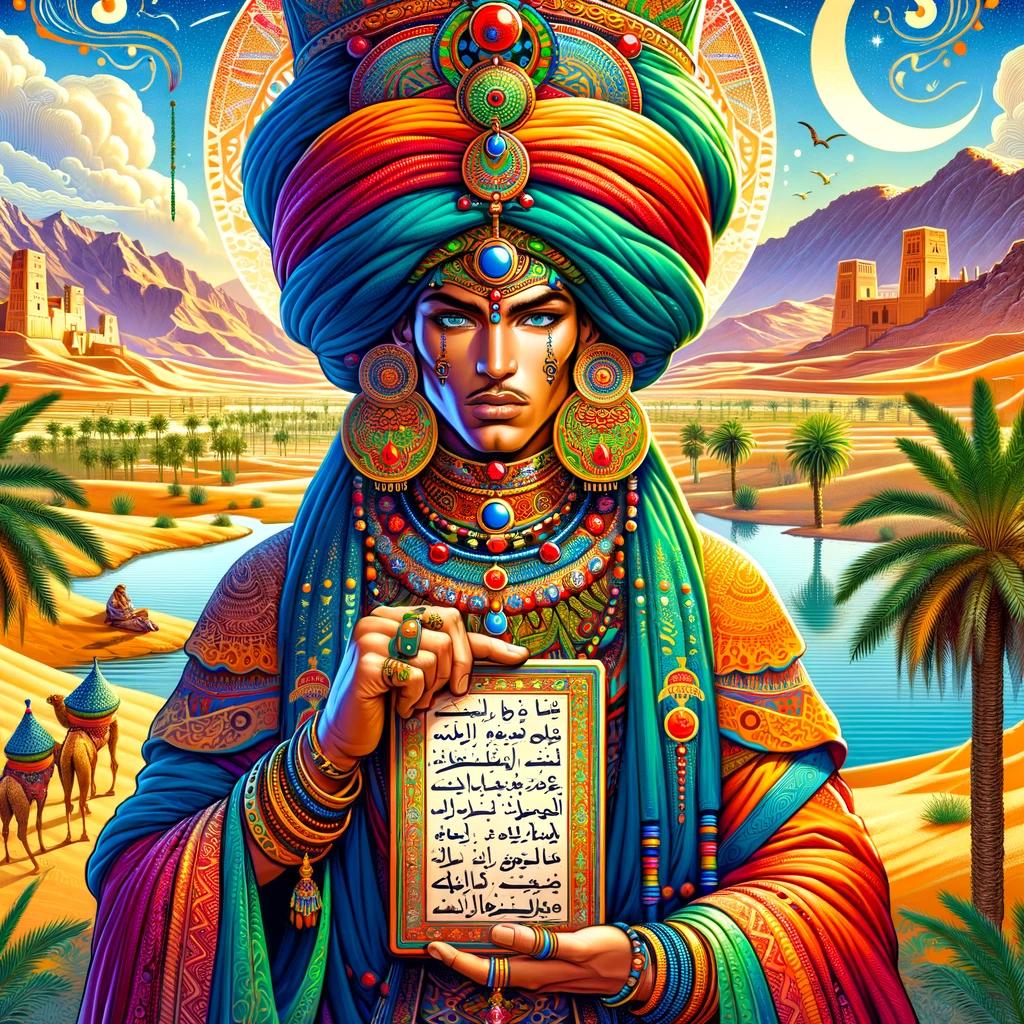
Berber mythology gods and goddesses form an integral part of North African culture. Influenced by ancient native beliefs in Libya, as well as Egyptian and Greek mythology, the Berber pantheon includes a diverse array of deities.
Ancestor worship and prophecy were important aspects of their religious practices, with rituals and sacred dreams at tombs offering insights into past lives. In addition, Berber mythology is reflected in various art forms, such as prehistoric Saharan art, traditional jewelry, folklore, and music.
Notable figures include Tannit, the goddess of fertility, and legendary Amazon warriors like Medusa.
Origins of Berber Mythology
The roots of Berber mythology can be traced back to ancient native beliefs in Libya, a region that played a significant role in the development of Mediterranean mythology. The indigenous religion of the Berbers in ancient Libya was closely intertwined with their mythology, and many Egyptian and Greek deities can trace their origins back to this ancient culture.
Ancient Native Beliefs in Libya
Ancient native beliefs in Libya formed the foundation of Berber mythology. The indigenous inhabitants of Libya revered and worshipped a wide range of gods and goddesses, attributing sacred significance to various natural phenomena, celestial bodies, and elements of their environment.
These native beliefs reflected a deep connection with their land and expressed a reverence for the forces of nature. The beliefs were diverse across different regions of Libya, showcasing the cultural richness and diversity of the Berber people.
Influence of Egyptian and Greek Mythology
The mythology of ancient Egypt and Greece had a profound influence on Berber mythology. The close proximity of Libya to these ancient civilizations facilitated cultural exchanges and the assimilation of deities from Egyptian and Greek pantheons into the Berber belief system.
Egyptian Influence:
The ancient Egyptians worshipped numerous gods and goddesses, many of whom found their way into Berber mythology. Deities like Isis and Osiris gained prominence in Berber belief systems, with their stories adapted to suit the local cultural context.
Greek Influence:
Greek mythology also left its mark on Berber mythology. Gods and goddesses, such as Athena and Poseidon, were assimilated into the pantheon of Berber deities, often with their stories intertwined with local folklore and legends.
These influences enriched Berber mythology, adding layers of complexity and diversity to the mythological stories and beliefs of the Berber people.
Ancestral Worship and Prophecy
Ancestral worship holds great significance in Berber mythology, reflecting the deep reverence for ancestors among the native inhabitants. This practice is rooted in the belief that the spirits of their forefathers continue to influence their lives and offer guidance.
Importance of Ancestor Veneration
The veneration of ancestors is considered an integral part of the ancient traditions of the Berber people. They perceive their ancestors as wise and benevolent guardians who possess valuable knowledge and experience.
Honoring them through rituals and offerings is believed to strengthen the bond between the living and the deceased, seeking their protection and wisdom.
Rituals and Prophecies at Tombs
Tombs are regarded as sacred places of worship and communication with the ancestors. Women play a significant role in these rituals, partaking in the practices and receiving sacred prophecies through dreams while sleeping at the tombs of their forebears.
These prophetic dreams often provide insight into future events and may speak of reincarnation, carrying on the unfinished work of their ancestors.
Beliefs in Reincarnation
The Berber mythology encompasses a profound belief in reincarnation, where individuals are believed to be reborn after death to continue their journey. This concept of continuity and the cycle of life resonates deeply within their spiritual beliefs.
The ancestors are seen as guiding spirits, ensuring the continuity of their lineage and offering opportunities for growth in subsequent lives.
Presence of Berber Mythology in Art and Traditions
The rich tradition of Berber mythology is not only evident in religious practices and beliefs but also finds expression in various forms of art and cultural traditions. From prehistoric Saharan art to intricate Berber jewelry, these artistic expressions provide a glimpse into the mythology and cultural heritage of the Berber people.
Prehistoric Saharan Art
One of the remarkable manifestations of Berber mythology can be seen in the ancient rock art of the Sahara desert. These prehistoric paintings and carvings depict scenes from Berber mythology, with representations of mythical creatures, gods, and goddesses.
The art serves as a visual record of their cosmology, offering insights into their beliefs and stories.
Berber Jewelry and Folklore
Berber jewelry is not merely ornamental; it is laden with symbolic meaning and reflects the mythology of the Berber culture. The intricate designs and vibrant colors of the jewelry often depict symbolic motifs associated with deities and mythical figures.
Passed down through generations, these pieces of jewelry serve as a link to the mythology and traditions of the Berber people.
Berber folklore, encompassing myths, legends, and oral traditions, plays a significant role in preserving and transmitting the cultural heritage and mythology.
Through storytelling, song, and dance, the folklore of the Berber people keeps alive the tales of their gods and goddesses, ensuring that their mythology remains an integral part of their identity.
Festivals and Music
Festivals provide another avenue for showcasing and celebrating Berber mythology. Traditional Berber festivals often include rituals, performances, and processions that pay homage to the gods and goddesses of their mythology. These vibrant and colorful celebrations bring communities together and serve as a platform to pass down their mythology through generations.
Berber music also carries echoes of their mythology. Traditional melodies, rhythms, and lyrics often reference mythical figures and events from their ancient tales. The music serves as a cultural bridge, connecting past and present, and keeping their mythology alive through the power of sound.
Through art forms such as rock art, intricate jewelry, folklore, and vibrant festivals, the presence of Berber mythology is embedded in the artistic and cultural traditions of the Berber people. These manifestations serve as a testament to the enduring significance of their mythology in shaping their identity and connecting them to their ancient roots.
Deities in Berber Mythology
In Berber mythology, the pantheon comprises a diverse range of gods and goddesses worshipped by the ancient inhabitants of North Africa. These deities hold significant roles in their religious beliefs, cultural practices, and spiritual traditions.
Let’s delve into two notable figures: Tannit, the Libyan Goddess of Fertility, and various other gods and goddesses worshipped in Berber mythology.
Tannit: The Libyan Goddess of Fertility
Tannit, also known as the Libyan Goddess, holds a prominent position in Berber mythology. She is venerated as the deity associated with planting, harvesting, and fertility. Ancient Libyans revered her as an essential figure, and her cult gained popularity from the 5th century BC onwards.
Throughout history, Tannit’s significance has transcended cultural boundaries. The Phoenicians worshipped her as Tanit, the Greeks embraced her as Athena, and the ancient Egyptians recognized her as Nit. Symbolically, Tannit’s representation includes a triangle representing the human body, crowned with a circle denoting the head, and divided by a horizontal line symbolizing the hands.
Other Gods and Goddesses in Berber Mythology
Besides Tannit, Berber mythology acknowledges a multitude of gods and goddesses, each with their unique attributes and influences. These mythical figures embody various aspects of life, natural forces, and celestial phenomena.
Some of the notable deities in Berber mythology include:
- Afri
- Ammon
- Ament
- Ancestors
- Antaeus
- Anzar
- Ash
- Ashaman
- Atlas
- Auliswa
- Awessu
- Bacax
- Bast
- Draco
- Froarangan
- Genius of Africa
- Guraya
- Gurzil
- Idir
- Ifru
- Iguc
- Illu
- Isis
- Jnoun
- Libya
- Lilleus
- Lilu
- Makurgun
- Maqurtam
- Masiden
- Mastinam
- Masiddica
- Mathamos
- Medusa
- Mona
- Moreyba
- Nabel
- Osiris
- Poseidon
- Sekhmet
- Shaheded
- Shshid’an
- Sinifere
- Suggan
- Tala
- Tannit
- Tiliwa
- Warsutima
- Wihinam
- Yakush
- Yush
- Yam
- Yunan
- Yur
These deities in Berber mythology represent a tapestry of beliefs and have left their mark on the cultural heritage of North Africa.
Legendary Figures in Berber Mythology
Within Berber mythology, there are fascinating tales of legendary figures that have left their mark on the culture and beliefs of North Africa. These individuals are revered for their extraordinary abilities and profound influence.
Let us explore two significant figures who played integral roles in Berber mythology.
The Libyan Amazons: Warriors and Priestesses
The legendary Libyan Amazons were an extraordinary group of women who held immense power in a matriarchal society. They were not only skilled warriors but also revered as priestesses, leading both in battle and in spiritual matters.
These fierce women commanded respect and were regarded as protectors of their people.
The Libyan Amazons’ ability to lead armies and inspire others was awe-inspiring. Their combat prowess was matched by their wisdom and ability to connect with the divine.
They were entrusted with the responsibility of safeguarding their communities and upholding the ancient traditions of Berber culture.
These warrior-priestesses left an indelible imprint on Berber mythology, serving as symbols of strength, courage, and femininity.
Their stories and legends continue to inspire the present generation and remind us of the rich heritage and resilience of the Berber people.
Medusa: Leader of the Libyans in Battle
Medusa, a mythical figure associated with Greek mythology, has a significant presence in Berber mythology as well.
In this context, she is portrayed as a brave leader who fought at the forefront of battles, rallying the Libyans against their adversaries.
Medusa’s strength and strategic acumen were renowned among the Berber people.
She personified the spirit of resistance and was admired for her unwavering courage on the battlefield. However, it is crucial to note that the Berber interpretation of Medusa may differ from the Greek depiction, reflecting the unique cultural perspective of the region.
Medusa’s story serves as a testament to the Berber people’s determination to protect their land and preserve their way of life. Her legacy lives on, intertwined with the broader tapestry of Berber mythology and reinforcing the significance of bravery and resilience in the face of adversity.
- The legendary Libyan Amazons were revered warriors and priestesses who commanded respect in Berber society.
- Medusa, known for her role in Greek mythology, is also celebrated in Berber mythology as a courageous leader.
- Both figures embody the strength, wisdom, and endurance that characterize Berber mythology.
- The legacy of the Libyan Amazons and Medusa continues to inspire and shape Berber culture today.
.

